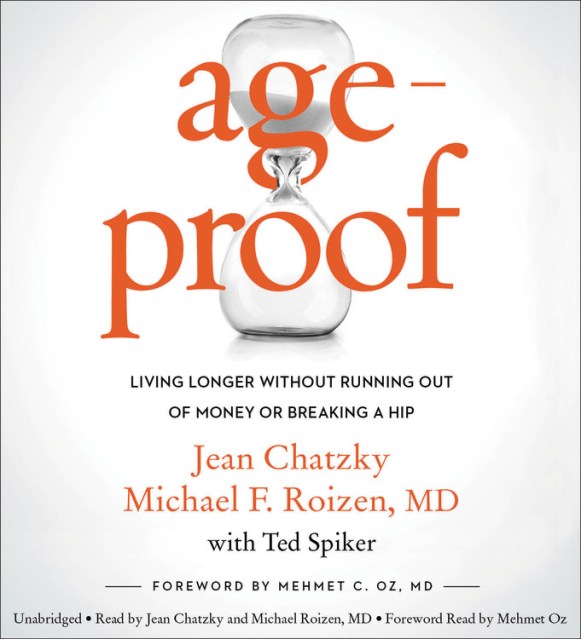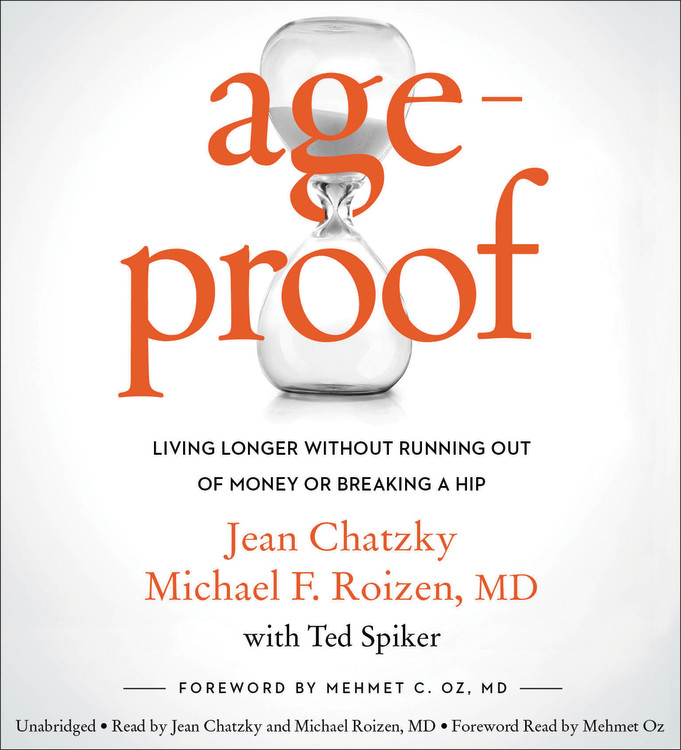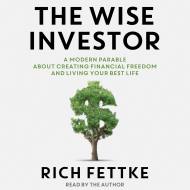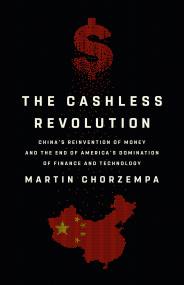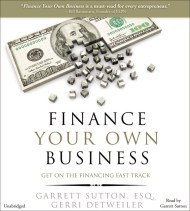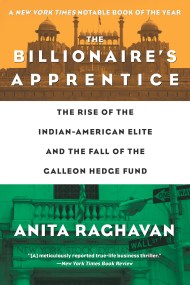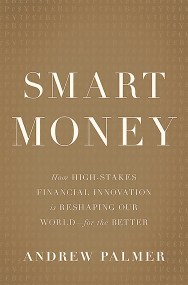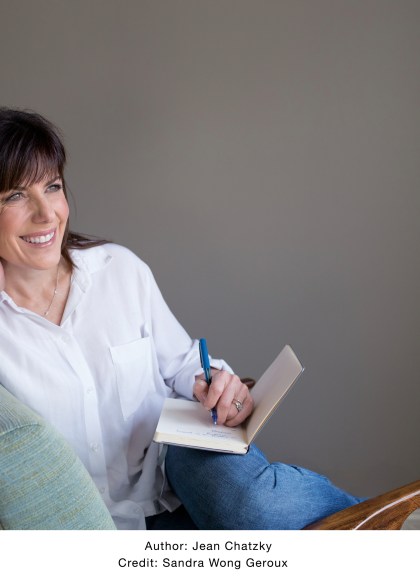Promotion
Use code MOM24 for 20% off site wide + free shipping over $45
AgeProof
Living Longer Without Running Out of Money or Breaking a Hip
Contributors
By Jean Chatzky
With Ted Spiker
Foreword by Mehmet C. Oz, MD
Read by Jean Chatzky
Formats and Prices
Format
Format:
- Audiobook Download (Unabridged)
- ebook $14.99 $19.99 CAD
- Trade Paperback $17.99 $23.49 CAD
This item is a preorder. Your payment method will be charged immediately, and the product is expected to ship on or around February 28, 2017. This date is subject to change due to shipping delays beyond our control.
Also available from:
Two of the world’s leading experts explain the vital link between health and wealth that could add years to your life and dollars to your retirement savings.
All the money in the world doesn’t mean a thing if we can’t get out of bed. And the healthiest body in the world won’t stay that way if we’re frazzled about five figures worth of debt. Today Show financial expert Jean Chatzky and the Cleveland Clinic’s chief wellness officer Dr. Michael Roizen explain the vital connection between health and wealth–giving readers all the tactics, strategies, and know-how to live longer, healthier, more lucrative lives.
The same principles that allow us to achieve a better body will allow us to do the same for our investment portfolio. For instance, physical and financial stability comes down to the same equation: Inflow versus outflow. Do we burn more calories than we ingest? Likewise, are we making more money than we spend? The authors detail scientific ways to improve our behavior so that the answers tilt in the readers’ favor. They also offer ways to beat the system by automating how we do things and limiting our decisions in the face of too much food or too much debt.
Chatzky and Roizen provide a plan for both financial independence and biological strength with action steps to get you there.
All the money in the world doesn’t mean a thing if we can’t get out of bed. And the healthiest body in the world won’t stay that way if we’re frazzled about five figures worth of debt. Today Show financial expert Jean Chatzky and the Cleveland Clinic’s chief wellness officer Dr. Michael Roizen explain the vital connection between health and wealth–giving readers all the tactics, strategies, and know-how to live longer, healthier, more lucrative lives.
The same principles that allow us to achieve a better body will allow us to do the same for our investment portfolio. For instance, physical and financial stability comes down to the same equation: Inflow versus outflow. Do we burn more calories than we ingest? Likewise, are we making more money than we spend? The authors detail scientific ways to improve our behavior so that the answers tilt in the readers’ favor. They also offer ways to beat the system by automating how we do things and limiting our decisions in the face of too much food or too much debt.
Chatzky and Roizen provide a plan for both financial independence and biological strength with action steps to get you there.
Genre:
-
"A positive, practical book for anyone middle aged or older."Library Journal
- On Sale
- Feb 28, 2017
- Publisher
- Hachette Audio
- ISBN-13
- 9781478941149
Newsletter Signup
By clicking ‘Sign Up,’ I acknowledge that I have read and agree to Hachette Book Group’s Privacy Policy and Terms of Use
